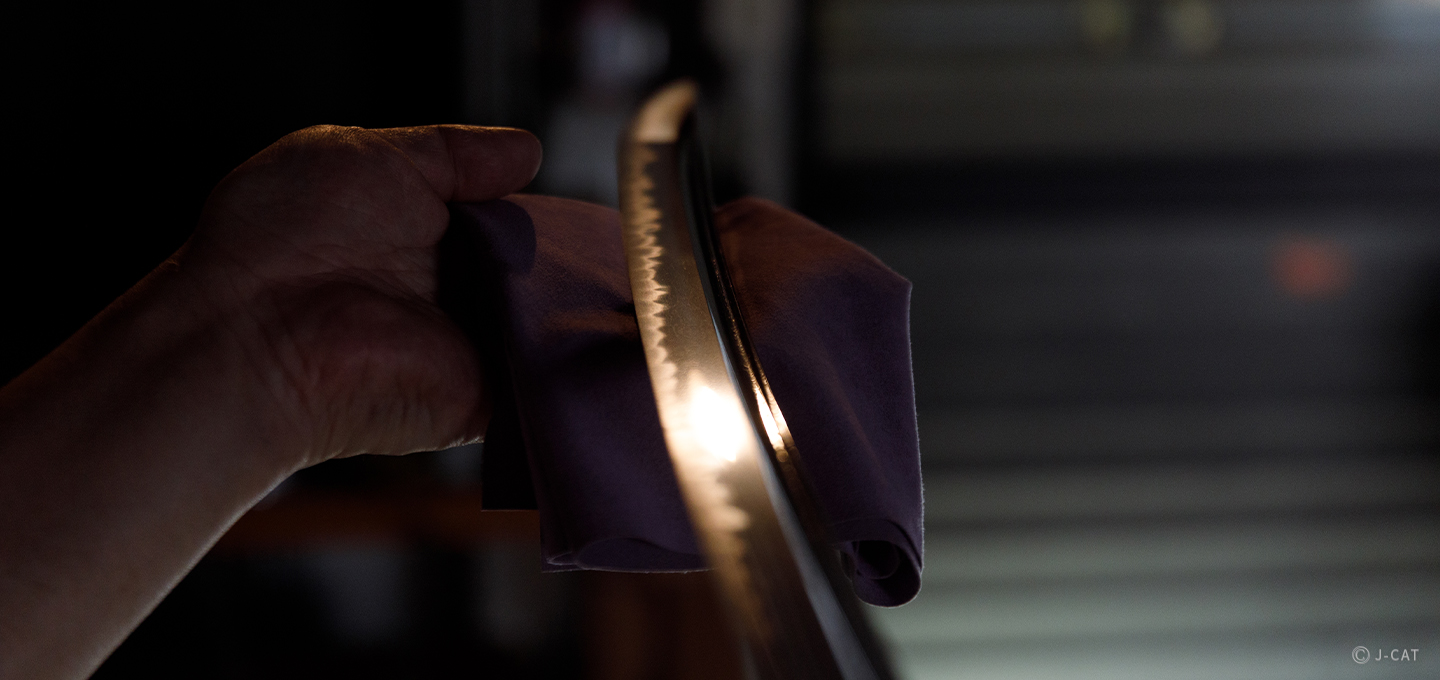
Special Experience
Tokyo & around
Learn about a Katana from a Swordsmith & Dive Into the Rich History of Japanese Swords
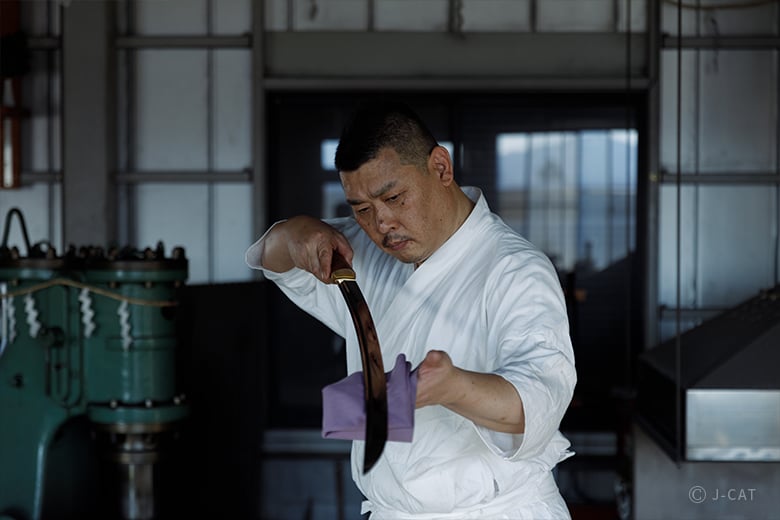
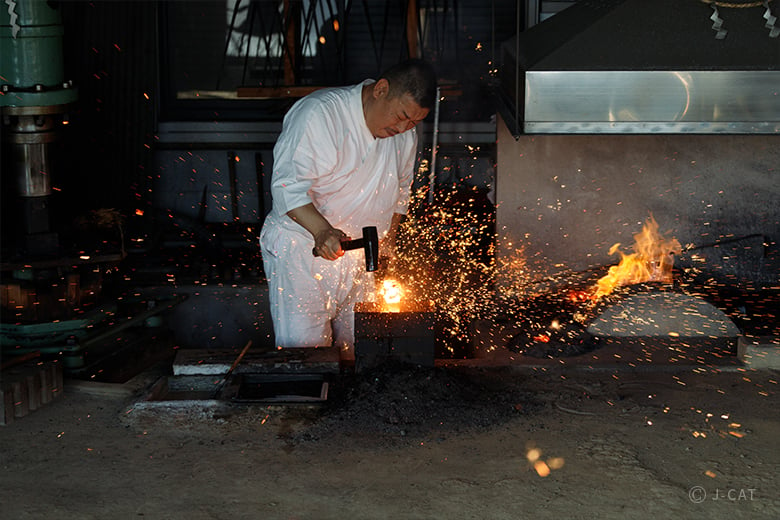
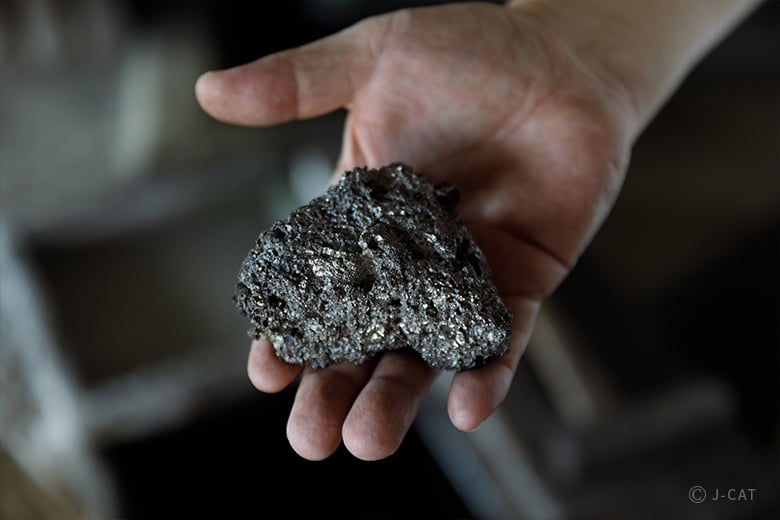
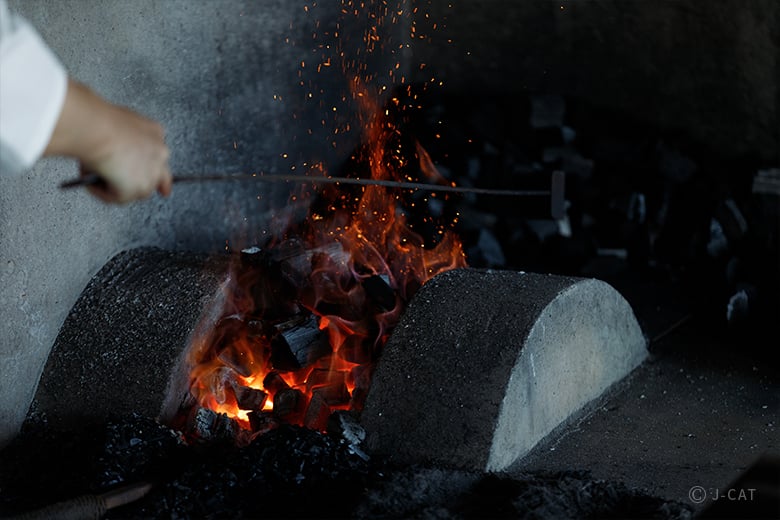
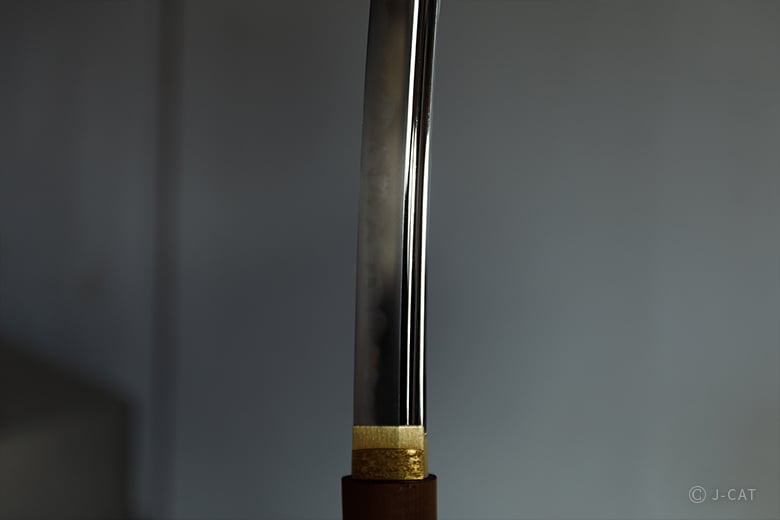
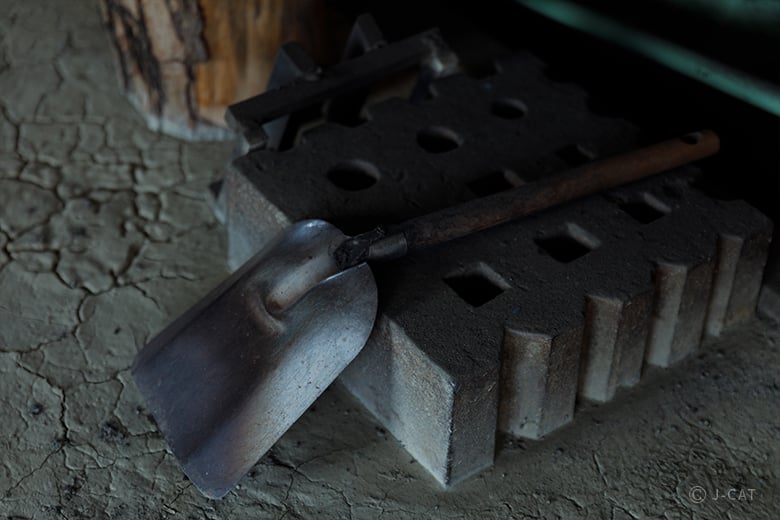
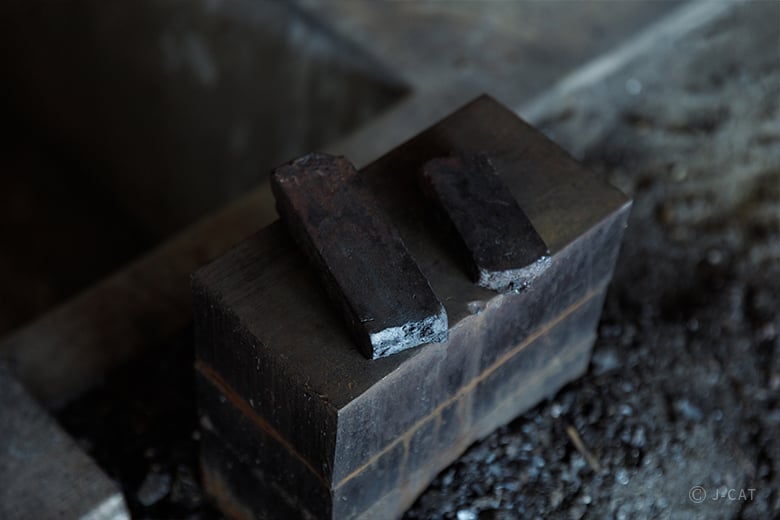
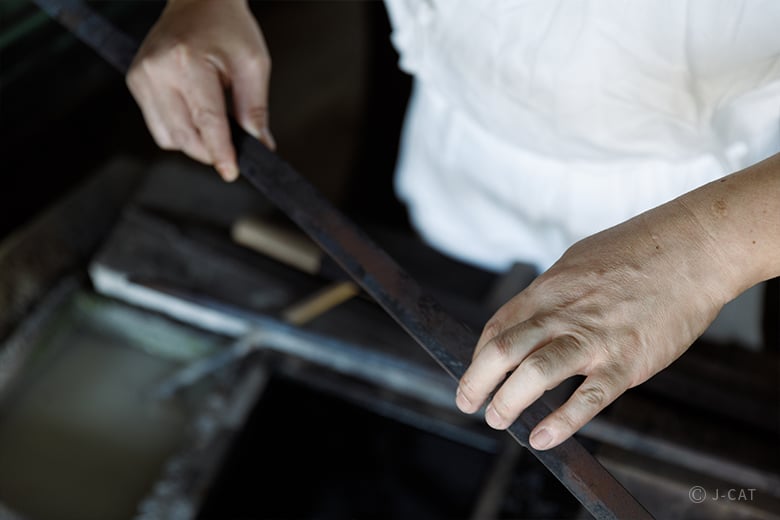
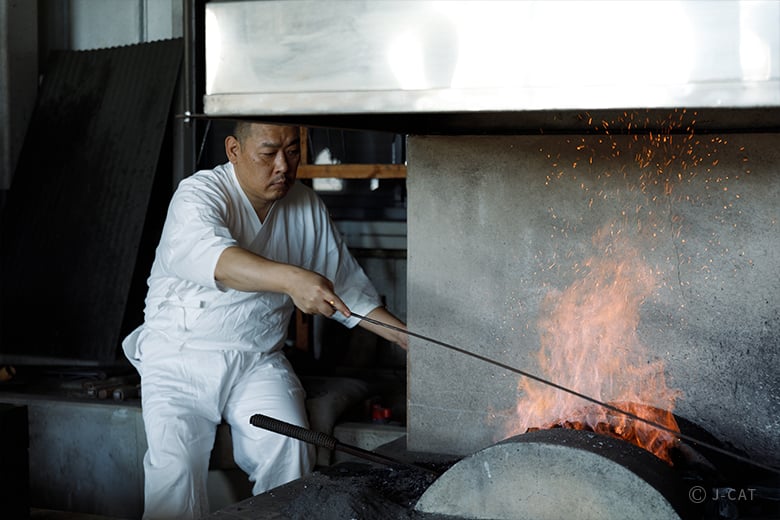

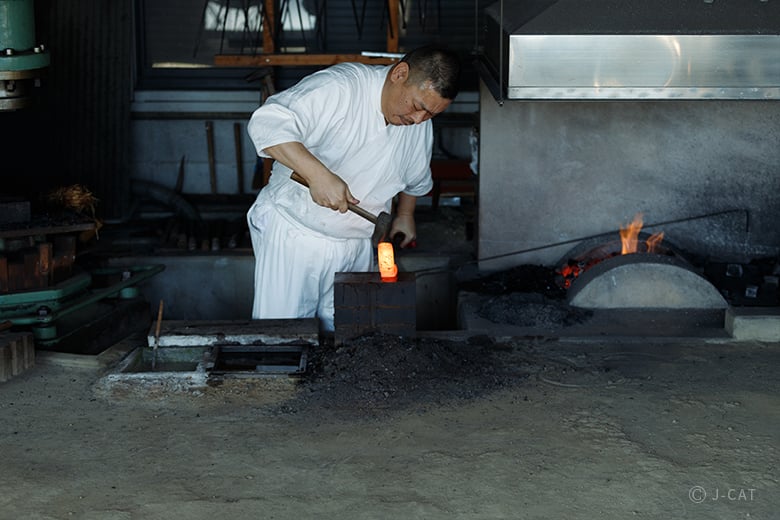
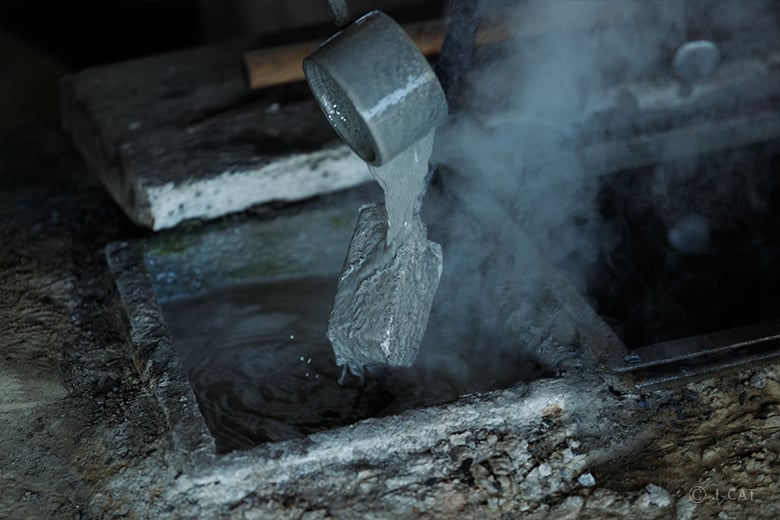
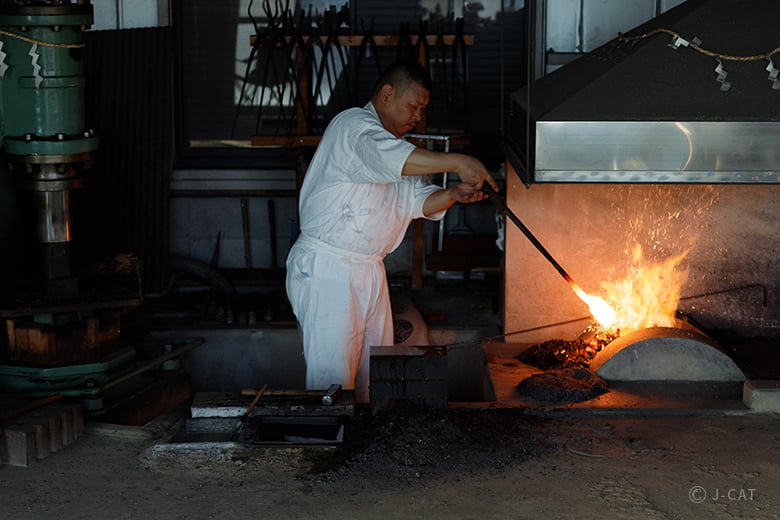
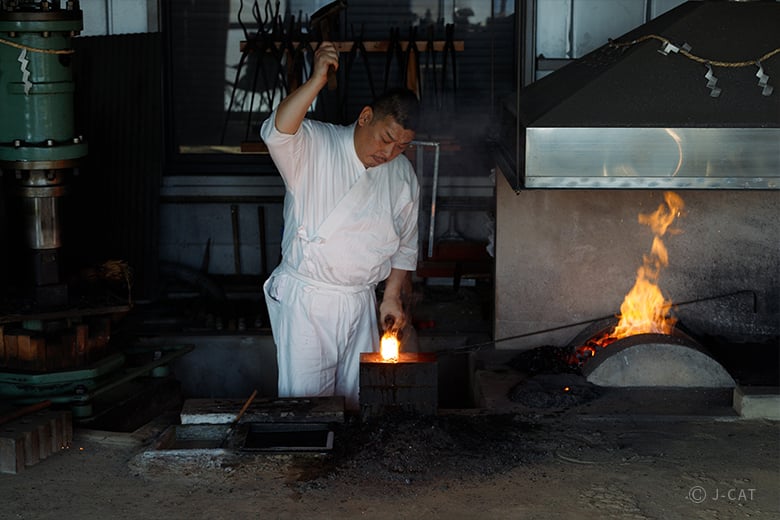
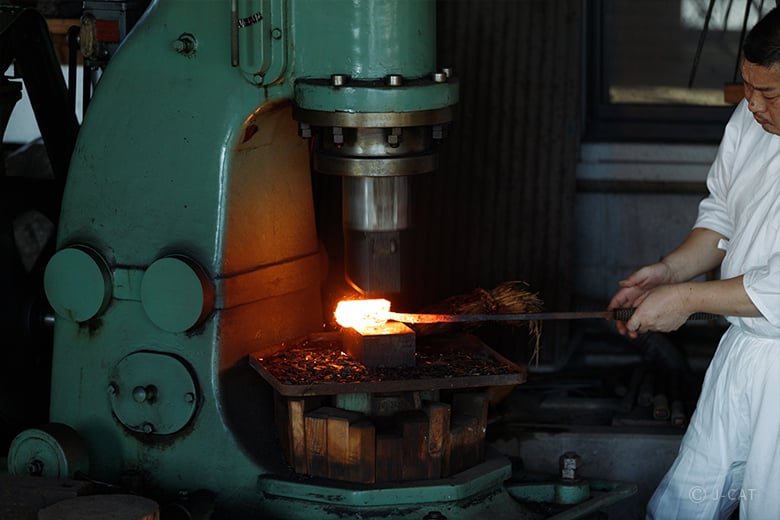
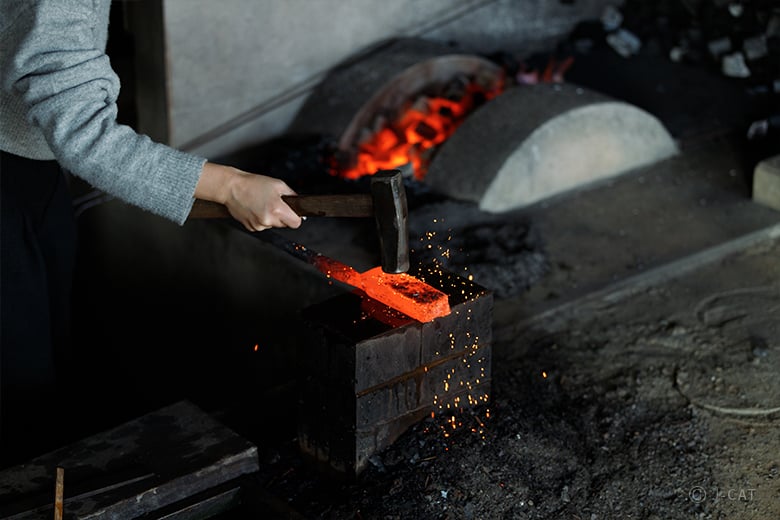
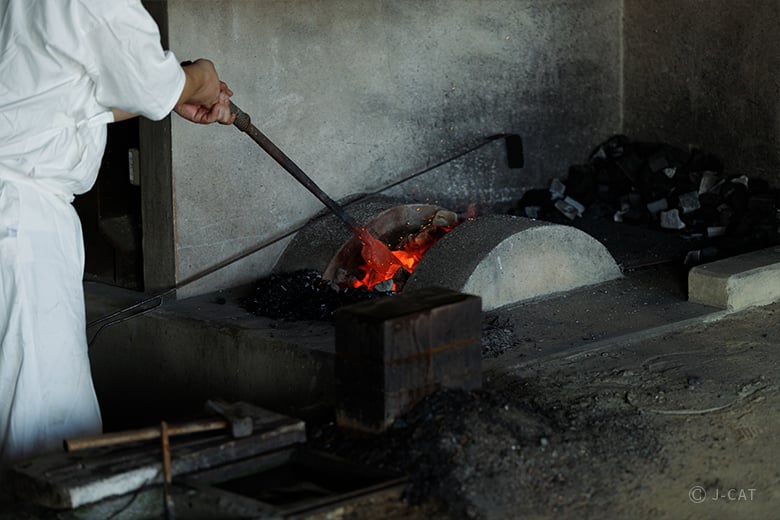
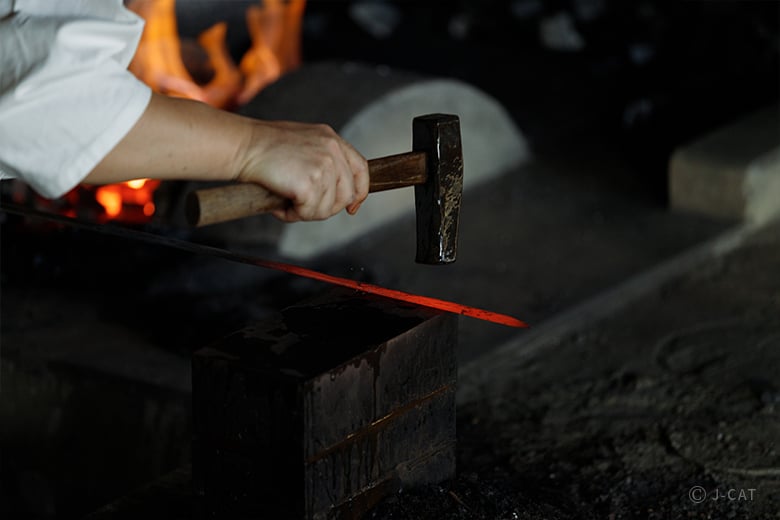
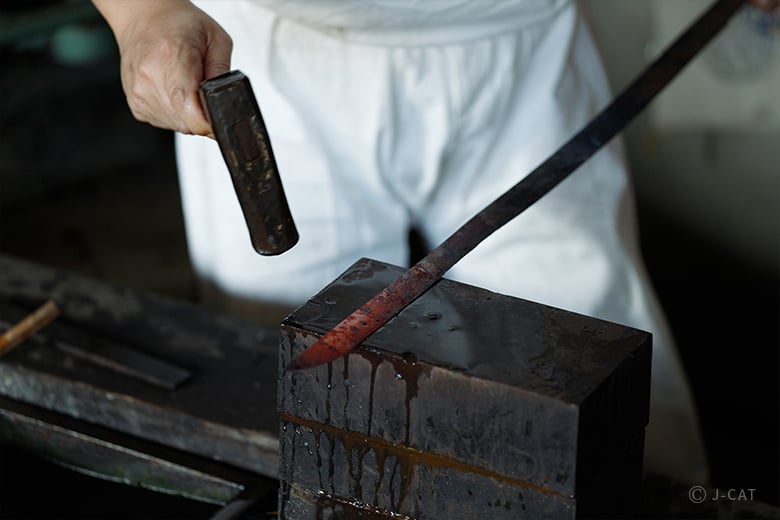
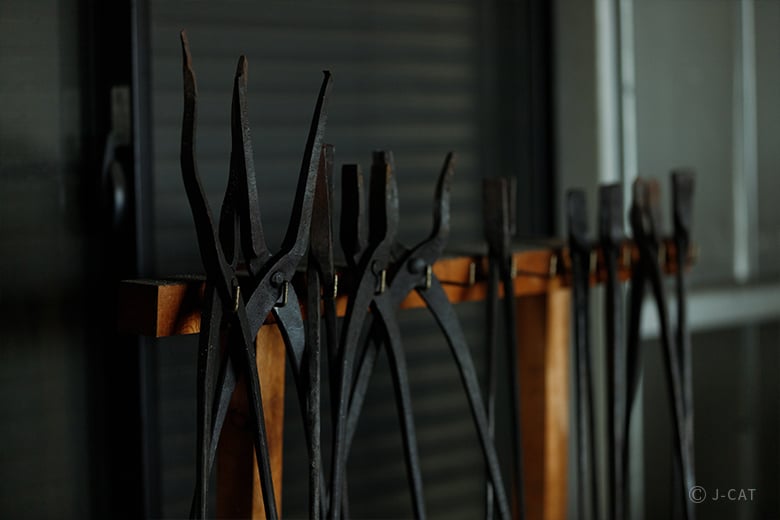
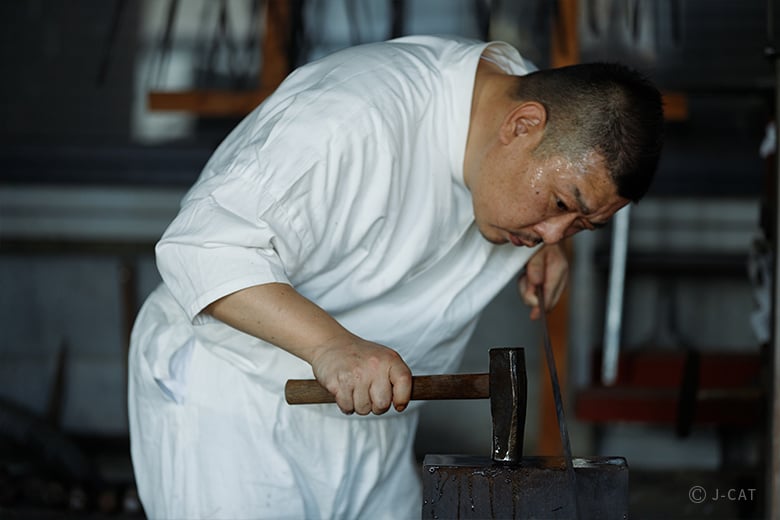





















Overview
Just over an hour away from Tokyo Station by Shinkansen bullet train lies Katanakaji Fusahiro, a tantojo (swordsmith's forge) located in the town of Kamikawa in Saitama Prefecture. In this experience, you will delve into the fascinating history and culture surrounding Japanese swords, discover key aspects to appreciate when examining them, and witness the revered swordsmithing process of forging. Immerse yourself in the craft within a space filled with the very tools swordsmiths use to create swords. Additionally, you will have the rare opportunity to operate a bellows (fuigo), feeling the intense heat of a blazing furnace up close, and wield a large hammer to strike heated tamahagane steel.
Key Features
・Learn about the rich history, culture, and production process of Japanese swords from a practicing swordsmith
・Enjoy a talk on Japanese swords, observe and participate in the sword-making process, then learn to appreciate the finished swords. Please note that the swords cannot be taken home
・Ideal for those interested to explore Japanese sword production, history, and culture through a hands-on experience in a craftsman's workshop
Tokyo & around
180mins
from ¥89,100 /person
1 - 15 participants
Available in English
Cancel free up to 11 days prior
Details
Fusahiro Shimojima: A Swordsmith Inspired by Japanese Swords Since His Student Days
The town of Kamikawa in Saitama Prefecture is tranquil and rural, with expansive skies and open fields. In a corner, swordsmith Fusahiro Shimojima has crafted a unique atmosphere at his swordsmith shop, Katanakaji Fusahiro. The entrance, hung with a sign bearing the forge's name and a sacred rope reminiscent of shrine decorations, exudes a unique sense of tension.

The swordsmith shop has a solemn atmosphere
Fusahiro first got acquainted with Japanese swords in junior high school when he came across one at the Tokyo National Museum in Ueno. Despite being around 800 years old, the sword maintained its beautiful condition. This experience led Fusahiro to discover the meticulous care and attention given to Japanese swords passed down through generations in Japanese households, making him realize they are more than just weapons.

The hodo (furnace) is like the face of the blacksmith's tool, while the bellows control the fire power
Fusahiro's fascination with Japanese swords ultimately steered him towards becoming a swordsmith. His journey began with a visit to Kanefusa Fujiwara XXV's swordsmith shop during the summer vacation of his first year in high school, eventually leading to a formal apprenticeship upon high school graduation. Following eight years of dedicated training, he successfully inherited his master's skills and started his own business, adopting the character "Fusa” from his master's name.
Exploring the History and Spirituality of Japanese Swords
This experience begins with a talk on the rich history of iron culture and swordsmithing in Japan. Fusahiro explains, "Swords have been crafted since ancient times as offerings to the gods. In essence, swordsmithing originated as a Shinto ritual." A Shinto altar, sacred ropes adorning the fireplace, and Fusahiro’s white attire are all used to purify both the space and body, setting the stage for the sacred act of sword making.

The mechanical hammer used in forging is purified with a sacred rope
The discussions on Bushido, the ethical code for samurai, and Seppuku, the act of a samurai taking their own life, are also fascinating. While the Japanese sword is a formidable weapon, paying close attention to the insights shared by the swordsmiths reveals that the sword goes beyond being a mere weapon; it is a "guardian sword," serving as a spiritual anchor.
Watch Sparks Fly in a Live Forging Demonstration
Next, with a sample in front of you, you will delve into the process of crafting a Japanese sword. Fusahiro explains, "The three key characteristics of a fine Japanese sword are its resistance to breaking, prevention of bending, and excellent cutting ability. These form the essential elements of a good Japanese sword." Achieving all three, however, is no simple feat. Therefore, distinct types of steel are strategically employed for different parts of the blade: soft steel to prevent breakage, somewhat hard steel to resist bending, and very hard steel for efficient cutting. This showcases the craftsman's skill in navigating conflicting demands, making it a highlight of their expertise.

A soft core steel is encased by a tough outer layer of steel
In the demonstration, you will get an up close look at the tamahagane steel forging process and the shaping stage where the sword takes form. The forging, a focal point of the presentation, involves heating the steel to about 1,300 degrees Celsius and hammering it. The impressive display of large sparks flying off the hammer with each strike is more than just a spectacle; it is a crucial step in dispersing and eliminating impurities (slag) from the steel.

Pouring a small amount of water over the heated tamahagane steel causes impurities to scatter in a steam explosion
The next stage is the "folding and forging" phase. The steel undergoes a sequence where it is stretched into a thin rectangular shape using a mechanical hammer, cut in the center, folded, and then subjected to heat in the furnace for forging. The strength of a Japanese sword is concealed within the layers of steel, a result of iterating through this folding and forging process more than a dozen times.
Experience Sword-Making Using Real Blacksmithing Tools
If you have taken the effort to visit a swordsmith shop, why not give sword making a go? With Fusahiro as your guide, you can step onto the fireplace and experience the heat firsthand. Use the bellows to control the charcoal's temperature, heating the steel. Pump air into the furnace, and watch the charcoal come to life, glowing bright red.

You can experience the harshness of the work through the prickling sensation on your skin
Next, give hammering the hot steel with a large hammer a shot. The fundamentals of this forging process, which swordsmiths make look easy, are quite different from what meets the eye. Managing a hefty hammer is more challenging than you might anticipate, providing a firsthand realization of the skill required to strike the center of the heated steel.
Fusahiro shares, "Craftsmen may appear to be repeating the same actions in a detached manner, but in reality, they are constantly focused on achieving the desired end result. They make subtle adjustments to angles, directions, and strength.” What may appear as 'uneventful' natural movements to the average person is, in fact, a testament to the craftsmanship of these artisans.

Strike the big hammer in sync with Fusahiro’s smaller hammer
Following the demonstration and forging experience, there will be a lecture on the art of appreciating Japanese swords. There are three key points for appreciation: shape, metal, and blade pattern. "Shape" refers to the overall form of the sword, "metal" indicates the layers of steel crafted through folding and forging, and "blade pattern" is the pattern on the blade formed during the heat treatment process.

When the blade is held up to the light, a distinctive smoky pattern known as a blade crest becomes visible
Every item holds its unique aesthetic appeal, grounded in the pursuit of practicality. Whether it is a guardian sword or another type, Fusahiro emphasizes, "I don't craft a sword solely for its appearance."
A Special Day Immersed in the Essence of Japanese Swords
Few Japanese are familiar with the process of crafting Japanese swords or have had the chance to explore a swordsmith's workshop. That's why Fusahiro welcomes international guests for visits.

"I often reflect on the satisfaction of our visitors; it's something I truly cherish," says Fusahiro
"I hope that everyone can have at least one day in their lifetime when they genuinely appreciate Japanese swords. Depending on the mindset and actions of the sword owner, it can either be a tool to harm or a sacred object to protect the spirit. It would bring me joy if people's perceptions of swords and those involved in their crafting improve as they gain more knowledge about them," says Fusahiro.

Gripping an authentic Japanese sword creates a distinct feeling of anticipation
Wrap up the tour by capturing a special moment with an authentic Japanese sword in a commemorative photo. Rest assured, you will be holding a genuine sword. Stepping into the forge, where the swordsmith pours heart and soul into the craft, and sharing the ambiance and time spent there is bound to be the most meaningful experience for those seeking authenticity.
Katanakaji Fusahiro

Katanakaji Fusahiro
In 2002, swordsmith Fusahiro Shimojima established this swordsmith studio in Kamikawa-cho, Kodama-gun, Saitama Prefecture. Following high school graduation, Fusahiro apprenticed under master swordsmith Kanefusa Fujiwara XXV in Seki, Gifu Prefecture. He gained approval from the Agency for Cultural Affairs in 1998 to craft swords and, by 2002, inherited the artistry from his master. That same year, he officially became independent, adopting the character "Fusa" from his master's name. Fusahiro’s primary focus is on creating defensive swords, drawing inspiration from the Mino-den and Soshu-den traditions, two of Japan's five representative sword-making styles.
Customer's Voice
Personal, informative, fun, unique. Positively, it was lovely to learn about the katanas connection to the Shinto faith.
A.R. United Kingdom
Location
Fusahiro Shimojima, Katana Master
Kodama-gun, Saitama
Request for booking
Select first preferred date (JST)
December 2025
Sun
Mon
Tue
Wed
Thu
Fri
Sat

Instant Booking

Request Booking

17
Full

17
Unavailable
Tokyo & around
180mins
from ¥89,100 /person
1 - 15 participants
Available in English
Cancel free up to 11 days prior
Things to know
Contact Us
If you have any questions, please contact us using the form below.
We also accept bookings from corporate clients and travel agencies.